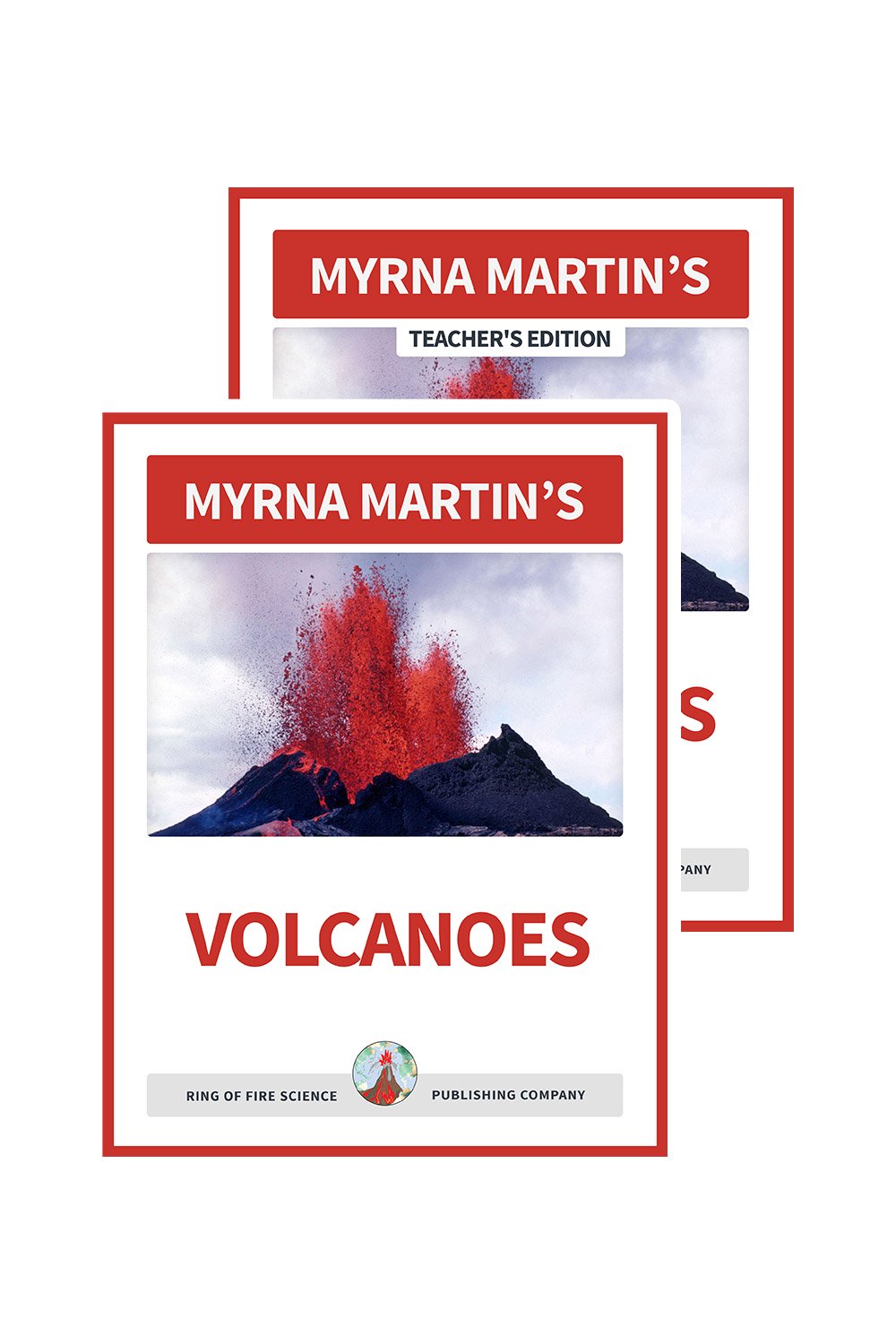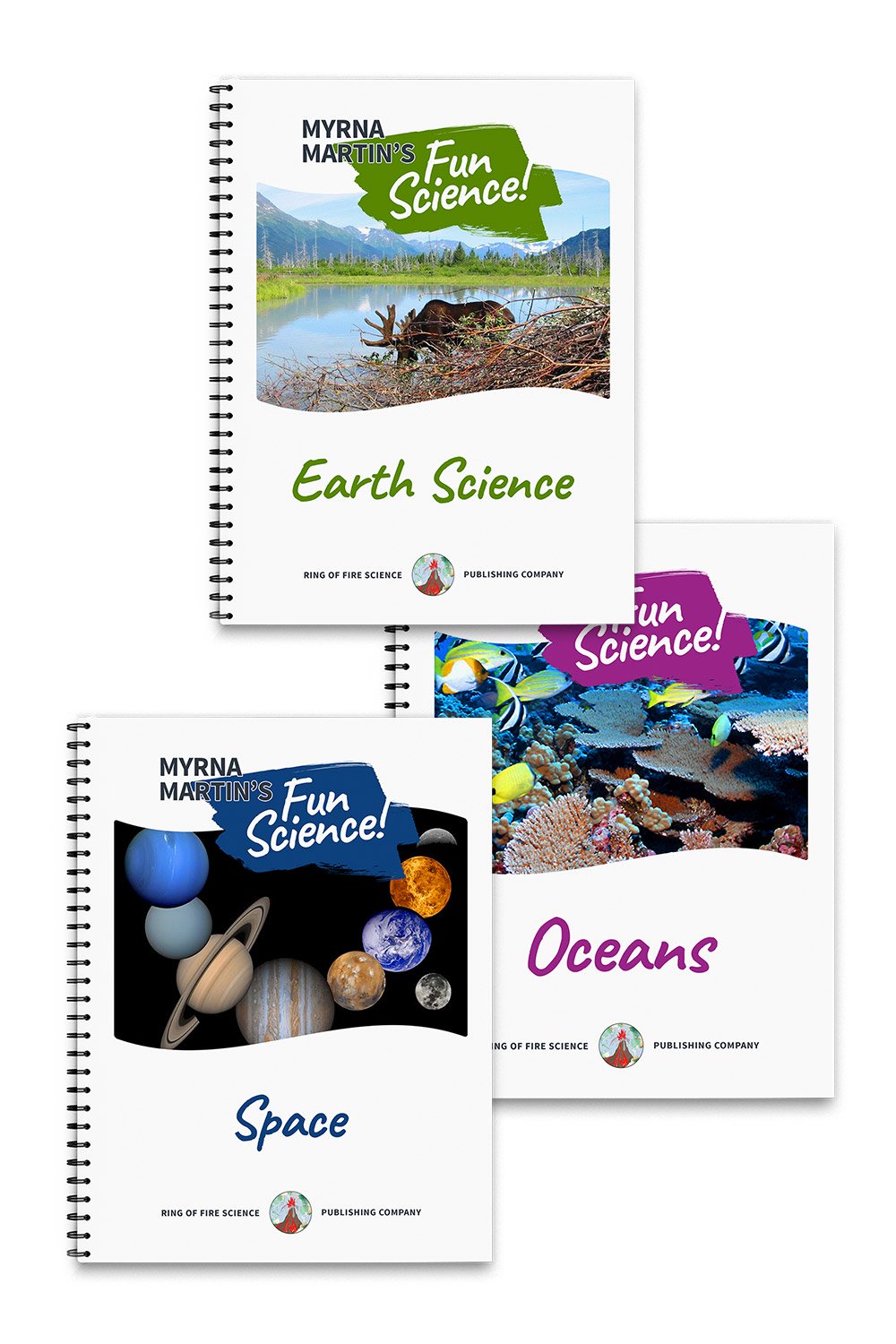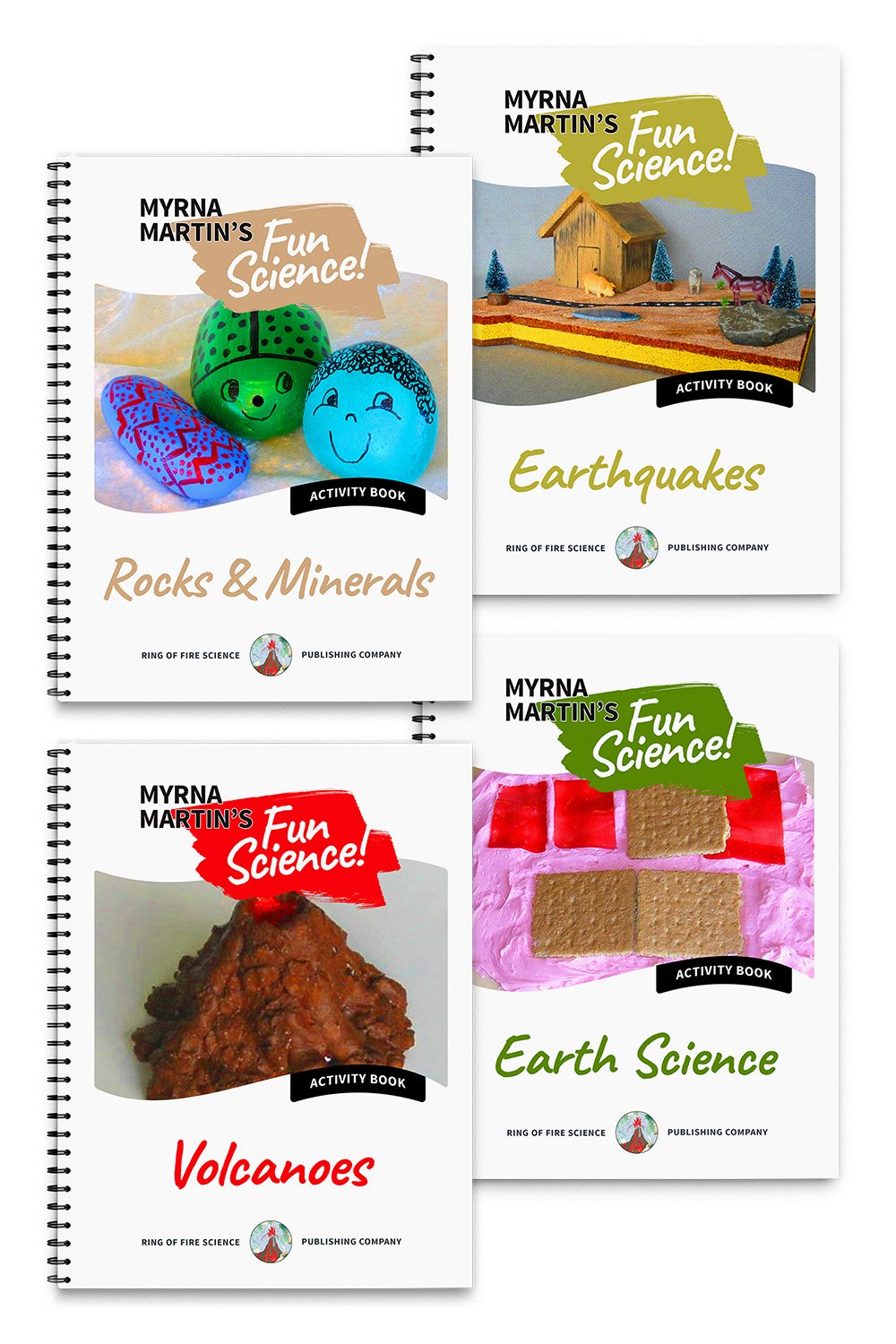Facts About Earth
Interesting facts about Earth
Interesting facts about Earth are being discovered every day by scientists studying our planet. Earth is the third "rock" from the Sun, which means that the four inner planets are rocky planets while the outer planets are gas giants. Mercury, Venus and Mars are the other three rocky planets. The other rocky planets do not have large amounts of water and the outer surface is basalt rock.
Earth looks like a blue planet
We call Earth the blue planet because approximately two thirds of our planet is covered with water. Clouds creates the illusion that Earth is a predominately a blue planet with a covering of white that might be snow outer space. Instead our rocky planet has three major groups of rocks that cover the Earth's surface. The three major groups of rocks are igneous rocks, metamorphic rocks and sedimentary rocks.
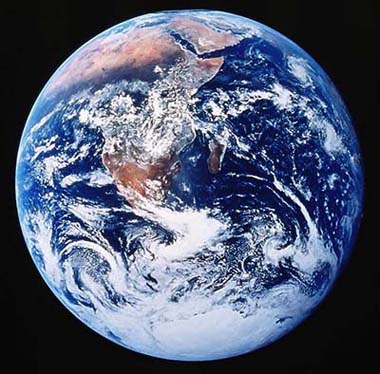
Pillow basalt and granite
The outer layer of the Earth's crust is primarily basalt and granite. Basalt covers the ocean floors. It forms where
crustal plates are separating allowing magma (molten rock) from the
mantle to flow out on the surface of the Earth forming pillow basalt. Pillow basalt covers the ocean floors forming the longest chain of mountains on Earth. Basalt is a heavy rock that contains iron-rich minerals.
The base of the continents are granite. Granite contains minerals that are lighter than the iron-rich minerals in basalt. They are the basement rocks of the continents. Granite covers approximately one-third of the surface of our planet.
Puzzle of moving continents
Scientists have discovered new facts about Earth that explain how South America and Africa are moving apart at the Mid Atlantic Ridge. People looking at South America and Africa on maps or globes have often thought the two continents looked like they fit together like pieces of a puzzle. Scientists until the middle of the last century did not believe it was possible for the two continents to have fit together in the past.
In fact, people believed that the ocean floors and continents were the same age. New facts about Earth discovered by scientists showed that the ocean floors are much younger than the continents. New ocean floor is being created every time crustal plates move apart and allow basalt to flow onto the ocean floor forming layers of pillow basalt.
Theory of Plate Tectonics explains how these two continents once were together and are now slowly separating at about the rate our fingernails grow. Seafloor spreading discovered in the 1950s explained how the continents were able to move apart.
Global mid-ocean ridge
We also know that our ocean floors are much younger than the continents because new ocean floor is being created constantly. Global mid-ocean ridge system is a great mountain chain runs through all the oceans on Earth like the seams on a baseball.
If all the water on Earth dried up the most prominent feature on our planet would be the global mid ocean ridge system. Iceland and sits on top of a hot spot and the Mid-Atlantic Ridge that runs down the center of the Atlantic Ocean.
The outer layer of Planet Earth is the lithosphere which is a solid layer. It consists of the continental crust, oceanic crust and upper mantle. The crustal plates move around the Earth on the asthenosphere. This layer has often been described as resembling silly putty. It can flow like a liquid and can break apart like a solid.
Earthquake waves revealing Earth's interior
Scientists use primarily earthquake waves study the interior of the Earth. All earthquakes produce p waves and s waves. P waves travel through solids, liquids and gases. They also are deflected when they come to boundaries where the density of rocks change. S waves travel only through solids. Both these waves travel through the body of the Earth.
Find out how scientists use these facts to discovered the boundary between the crust and the mantle. They also used earthquake waves when they discovered the outer and inner cores of our planet.
More Facts About Earth Links
KIDS FUN SCIENCE BOOKSTORE
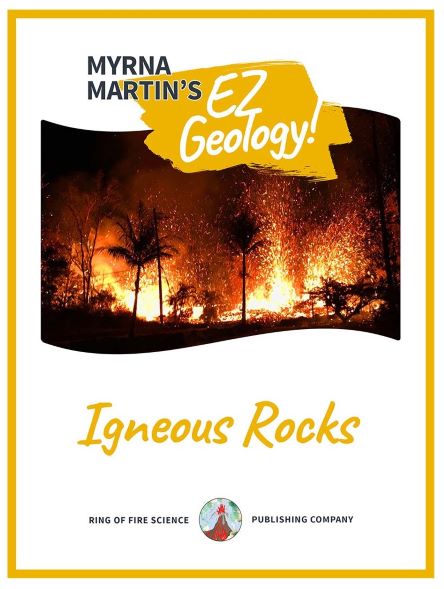 |
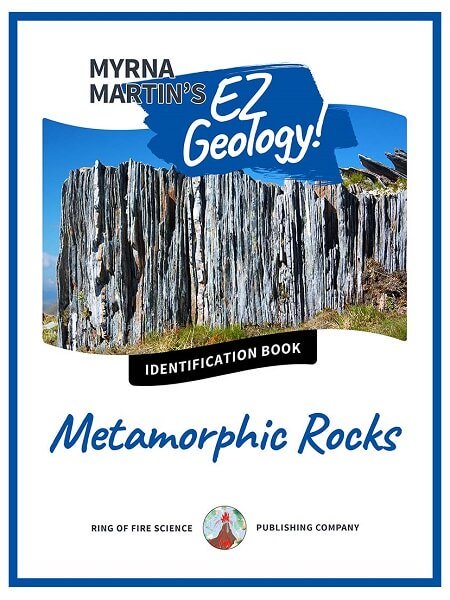 |
Check out Myrna Martin's award winning textbooks, e-books, videos and rock sets. The Kids Fun Science Bookstore covers a wide range of earth science topics. Click here to browse.
Sign up to our monthly newsletter and receive our FREE eBook containing 3 fun activities that don’t appear in any of our other books!
The Kids Fun Science monthly newsletter will include the following: current events, weird and fantastic facts, a question of the month, science trivia and the latest new content from our website.
We respect your privacy and you can be assured that we will never share your email address or use it for any other purpose than to send you our newsletter.



